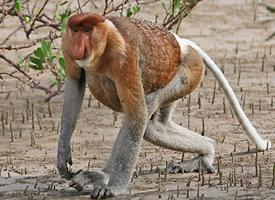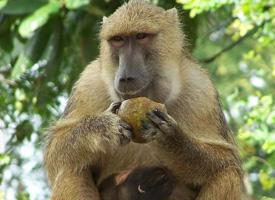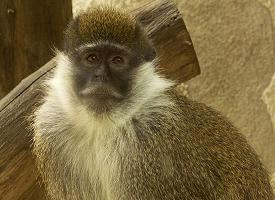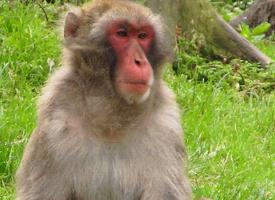
Váhy a míry
| Délka | od 50 do 75 cm |
|---|---|
| Hmotnost | od 9 do 11 kg |
| Délka ocasu | od 25 do 30 cm |
Biologická data
| Délka života | 19 let |
|---|---|
| Počet mláďat | 1 |
Stav ohrožení
| Ohrožen |
Popis zvířete
The Japanese macaque (Macaca fuscata), also known as the snow monkey, is a primate species indigenous to Japan and is notable for its intelligence, social structure, and adaptability to extreme cold. This species is medium-sized with a robust build, exhibiting a range of fur colors from brown to grey, and features a distinctive red face and posterior. Adult males typically weigh between 10 to 14 kilograms, while females are smaller, weighing around 5.5 to 9 kilograms. One of the most striking aspects of the Japanese macaque is its geographic distribution, which spans from the subtropical forests of the southern islands of Japan to the subarctic regions of the northernmost island, Hokkaido. This wide range of habitats is unique among non-human primates and showcases the species' exceptional adaptability.Japanese macaques are highly social animals, forming complex troop structures that can include up to several hundred individuals. These troops are matriarchal, with females remaining in their natal groups for life and males leaving once they reach maturity. The social hierarchy within these groups is strict and is determined by lineage to the leading female. This structure plays a crucial role in access to resources, mating opportunities, and grooming behaviors. Grooming is not only a tool for hygiene but also serves as a critical activity for building and maintaining social bonds among troop members.
One of the most fascinating aspects of the Japanese macaque's behavior is their use of hot springs in the snowy regions of Japan. During the winter, when temperatures can plummet below freezing, these monkeys are known to bathe in the volcanic hot springs to stay warm. This behavior, not observed in any other non-human primate, highlights their intelligence and ability to adapt to their environment.
The diet of the Japanese macaque is omnivorous, consisting of fruits, leaves, small invertebrates, and occasionally small vertebrates. Seasonal changes significantly influence their diet, with the monkeys relying more on bark and other less nutritious food sources during the winter months. This adaptability in diet is another factor contributing to their survival in varied environments.
Japanese macaques have been the subject of numerous studies, particularly in the field of primatology, due to their unique behaviors, complex social structures, and adaptability. These studies have provided valuable insights into primate behavior, social organization, and the evolutionary aspects of human sociality.
Despite their adaptability, Japanese macaques face threats from habitat loss, conflict with humans, and climate change. Their habitat is decreasing due to human activities such as deforestation and urbanization. Additionally, as they come into closer contact with human populations, they are increasingly viewed as pests, leading to conflicts. Conservation efforts are in place to protect their habitats and to mitigate human-macaque conflicts.
In summary, the Japanese macaque is a remarkable non-human primate with a unique adaptation to cold climates, complex social structures, and intelligent behaviors. Their ability to thrive in diverse environments, combined with their social dynamics and the challenges they face, makes them a fascinating subject of study and an important species for conservation efforts.
Mapa výskytu
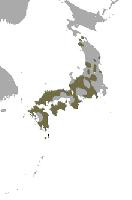
Podobná zvířata
Nové fotografie zvířat
Top 10 zvířat
- Chinese water dragon (Physignathus cocincinus)
- Galápagos tortoise (Geochelone nigra complex)
- Sea urchins (Echinoidea)
- Diana monkey (Cercopithecus diana)
- Dolphin gull (Leucophaeus scoresbii)
- Moustached guenon (Cercopithecus cephus)
- Japanese macaque (Macaca fuscata)
- Royal penguin (Eudyptes schlegeli)
- Hen harrier (Circus cyaneus)
- Common house mosquito (Culex pipiens)
